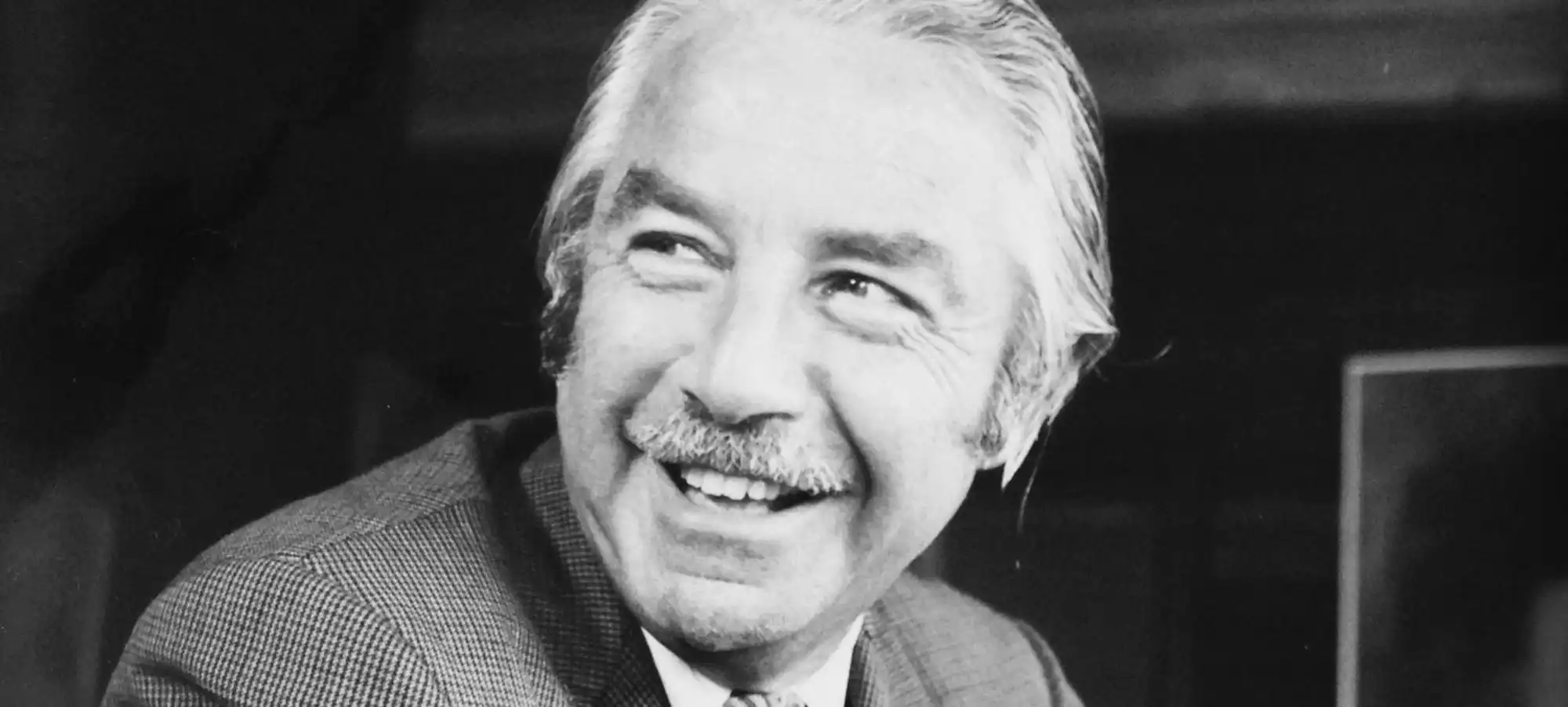Walter Landor
Deepak Singh Ola
06-09-2025

Walter Landor (1913 – 1995) was one of the most influential brand designers of the twentieth century, celebrated for his pioneering vision and enduring contributions to the field of branding and industrial design. Born Walter Joseph Landauer, in Munich, Germany, Landor grew up surrounded by the creative atmosphere of Bauhaus and Werkbund design movements, thanks to his father, Fritz Landauer, a respected architect. From a young age, he demonstrated a keen interest in design, preferring industrial design to architecture, which set the foundation for his future career. Landor moved to London in 1931 to study at Goldsmith College School of Art, part of London University, where he quickly showed his potential by co-founding England’s first industrial design consultancy, Industrial Design Partnership, at just twenty-two years old.
In 1939, Landor traveled to the United States to participate in the design of the British Pavilion at the New York World’s Fair. Captivated by the diversity and vibrancy of San Francisco, he decided to settle there, seeing it as a city that represented a cultural crossroads between east and west. Landor became an associate professor of industrial design and interior architecture at the California College of Arts and Crafts and married Josephine Martinelli, who later played a crucial role in his business. In 1941, the pair founded Walter Landor & Associates, later simply Landor Associates, in their small San Francisco apartment. His talent for assembling and inspiring creative talent quickly attracted local clients from the San Francisco Bay area, notably wineries, breweries, and retail businesses. As his reputation for innovation in packaging and design spread, Landor’s client list grew to include prominent national and international brands such as Kellogg’s, Levi Strauss, General Electric, Shell Oil, Bank of America, Del Monte, and Japan Airlines.
Landor’s greatest legacy lies in his philosophy that “products are made in the factory, but brands are created in the mind.” This belief shaped his approach to branding, which emphasized the emotional and psychological influence of design on consumer behavior. He was one of the earliest proponents of blending design with consumer research, transforming branding into a disciplined practice grounded in consumer insight. Landor’s innovations in packaging design helped drive the post-war consumer boom by making products not just functional but visually compelling and emotionally resonant. His commitment to immersive branding led to the unique decision in 1962 to acquire the retired ferryboat Klamath, moored on Pier 5 in San Francisco, as the new headquarters for Landor Associates. The ferryboat housed offices, studios, a mock supermarket, and the Museum of Packaging Antiquities, further cementing Landor’s reputation for creative risk-taking and originality.
Throughout his prolific career, Landor created designs that became iconic touchstones in American consumer culture. His agency played a pivotal role in shaping the public image of countless household products for decades, whether through the familiar Coca-Cola script or the enduring look of such brands as S&W Coffee, Benson & Hedges, Alitalia, Hills Bros., Sapporo, and Lucky Lager. Known for his collaborative approach, Landor assembled teams of designers, market researchers, and strategists who worked closely with clients to generate lasting, memorable brands. Many of his design principles—rooted in simplicity, functionality, and emotional resonance—remain fundamental to branding and marketing today.
Walter Landor’s impact on branding echoes through the design and corporate worlds, as his vision shaped the evolution of modern consumer culture. Landor Associates expanded globally, becoming a model for creative agencies worldwide and influencing generations of designers, marketers, and business leaders. Landor passed away on June 9, 1995, in Tiburon, California, leaving a legacy defined not only by his groundbreaking work, but also by his belief in the power of thoughtful, human-centered design to create enduring connections between products and people.